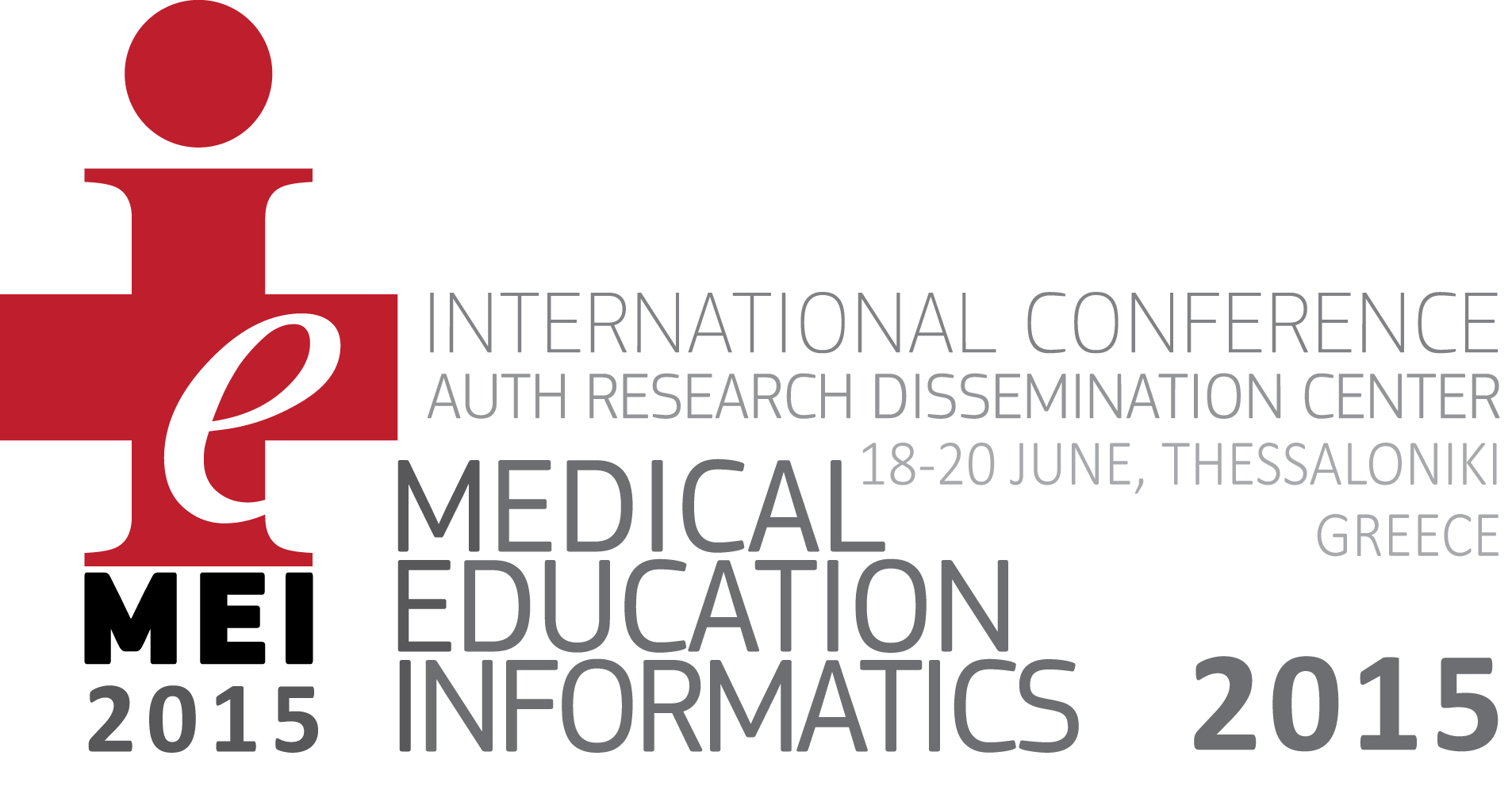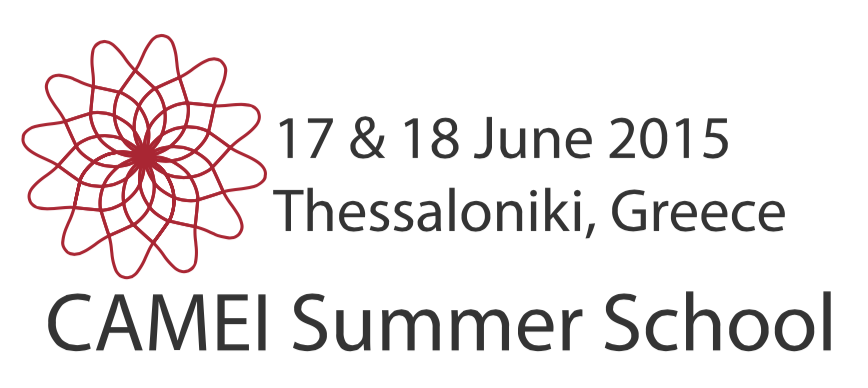You are here
Home › A generic ABCDE algorithm for medical image interpretationA generic ABCDE algorithm for medical image interpretation
Abstract:
An approach to the process of interpreting medical images is presented. The algorithm applies for both Pathology and Radiology images. This simple mnemonic (ABCDE) can be used as a memory aid determining the order in which diagnosis should be approached. First, before having the slide under the microscope or the radiology image on diaphanoscope we need to make sure that it is correctly labelled and prepared (Correct). We also need to know or gather all available information concerning the patient (A, Available Information). Once we come across the image, two fundamental questions should be answered: which part of the body does the image concern and -where it applies- if the image is adequate (B, Body & Being Adequate). Next, we proceed to answer if there is neoplasia or not (C, Cancer). We then either form a differential diagnosis list or we end up with our final diagnosis (D, Diagnosis), which is followed by the writing of the report (E, Exhibit). These sequential steps (Correct ABCDE) followed as an ad hoc procedure by most pathologists and radiologists, are important in order to achieve a complete and clear diagnosis and report, which is intended to support optimal clinical practice. This ABCDE concept is a generic standard approach which is not limited to specific specimens and can help improve both diagnoses and the quality of the final reports.
Session
Friday, 19 June, 2015 - 09:45 to 11:00


















